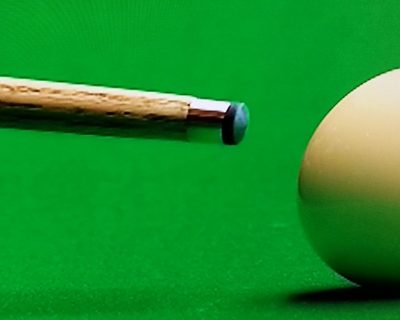Snooker Cue Tips – The Breakdown (Part 1)
The market for cue tips is huge, not only in terms of the quantities sold but also in terms of the brands available.
However, whatever the brand, there are two main manufacturing techniques.
Pressed Leather Cue Tips
The first style of manufacturing is probably the one you are more familiar with.
Pressed tips are simply that, the leather fibers and sometimes chalk and other abrasive compounds are mixed together and then under high pressure are pressed into the shape of a cue tip.
Soft, Medium or Hard?
Choosing the density of a tip is quite important but generally comes down to two things. Personal preference and what you want to get out of the cue ball.
A soft tip grips the cue ball for longer on contact therefore, in theory, enabling you to generate more spin on the white.
A softer tip however does tend to lose it’s shape quicker and require more maintenance. Because of the maintenance and can mean replacing a soft tip more frequently.
In the pressed leather tips we class the following tips as soft: A hard tip in comparison will not contact the cue ball for as long. We are only talking milliseconds but it does make a difference.
A hard tip will require less maintenance and will last longer but when playing with extreme amounts of spin can have a tendency to miscue, especially in the hands of a less able cueist!
Cue Tip Size
Most cues come in standard ferrule sizes of 8.5mm for English Pool, 9.5mm for Snooker and then 13mm for American Pool.
One other bit of advice is that I recommend using a gel based super glue as it is much more pliable than a standard super glue that can be quite brittle.
Thank you goes out to Peter Williams at Billiards Boutique for allowing us to pass on this valuable information.
To read the article directly, visit
https://www.billiardsboutique.com/blogs/news/the-great-cue-tip-debate-part-1


